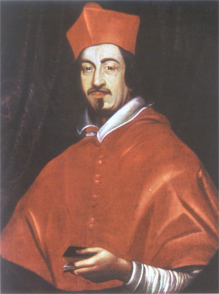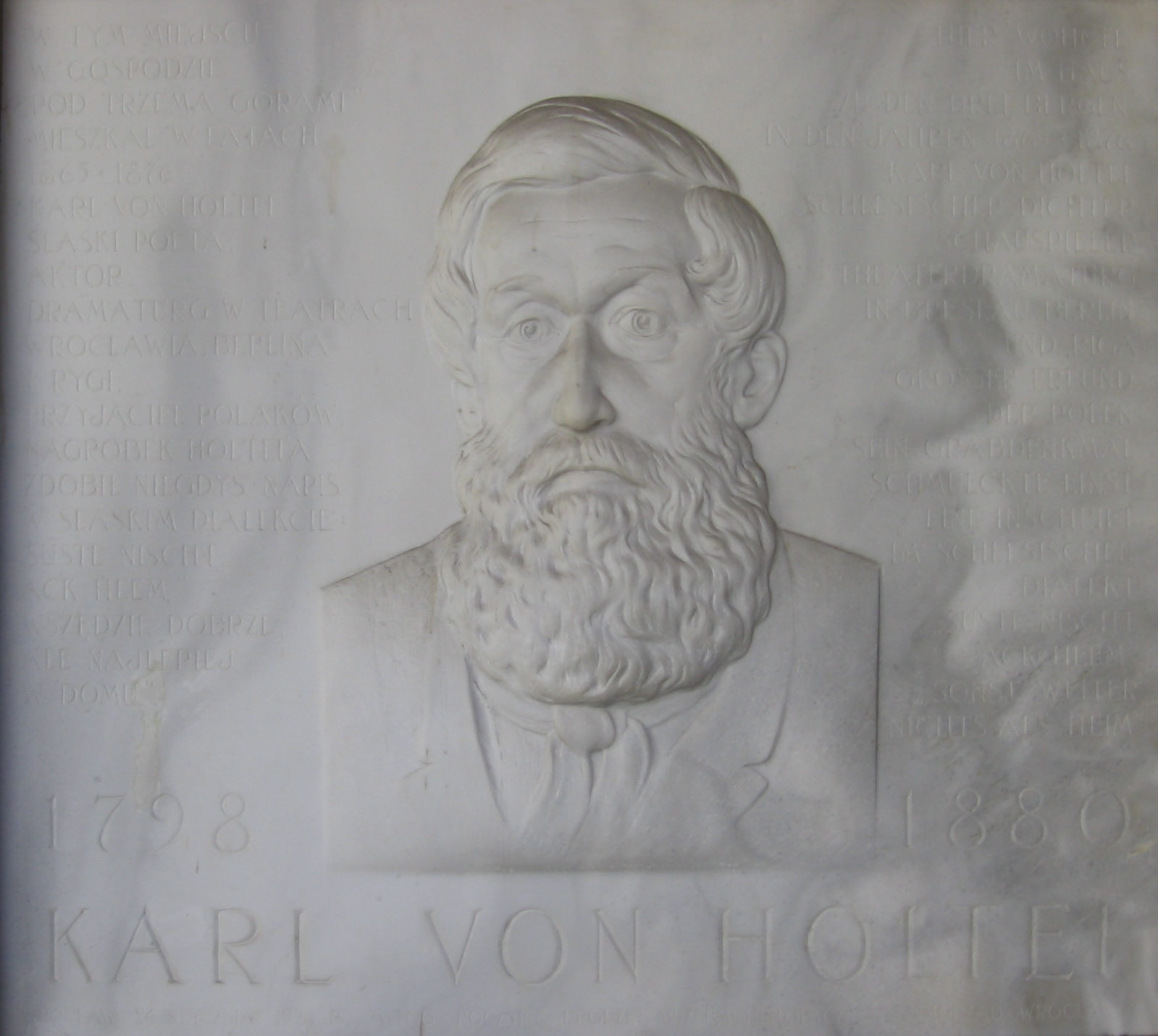|
Gorzanów Castle
Grafenort Castle (''German language, Ger.'', Schloß Grafenort (''or'' Schloss Grafenort); ''Polish language, Pol.'', Pałac Gorzanów) is a (former) great house, stately residence in the Kłodzko Land of the Lower Silesia. A sixteenth-century German foundation, it has been in the hands of the von Herberstein family of ''Grafs'' or Counts (the ''Grafen von Herberstein'') since the second half of the seventeenth century until 1930 hence its name, and one of the former names of the village in which it is situated. Overview The village of the Castle's location was called Arnoldsdorf between at least 1341 (the earliest extant record) and 1670. For the next 275 years between 1670 and 1945 the village's name was Grafenort ("the Seat of the Counts", with reference to the von Herberstein family). In 1945, after the Former eastern territories of Germany, accession of Lower Silesia to Poland, the locality was renamed ''Gorzanów'' by the Polish authorities. The Castle, situated at an ... [...More Info...] [...Related Items...] OR: [Wikipedia] [Google] [Baidu] |
Gorzanów
Gorzanów (german: Grafenort) is a village in the administrative district of Gmina Bystrzyca Kłodzka, within Kłodzko County, Lower Silesian Voivodeship, in south-western Poland. There is a large Gorzanów Castle in the village. It lies approximately north of Bystrzyca Kłodzka, south of Kłodzko, and south of the regional capital Wrocław. The village has a population of 921. Name and history The earliest name of the locality seems to have been the German appellation ''Arnoldsdorf'' (or ''Arnsdorf''), derived from the personal name ''Arnold'' (+''dorf''), probably the name of the Lokator who brought German farmers to the village. The later German name of ''Grafenort'' derives from the noble title ''Graf'' (+''ort'', "locality"). In the seventeenth century the owner of the village was Johann Gundacker ''Graf'' von Heberstein. The name "Gorzanów" was introduced officially only ''after'' 1945. The name "Gorzanów" appears in the standard gazetteer of Polish place-names, t ... [...More Info...] [...Related Items...] OR: [Wikipedia] [Google] [Baidu] |
Ernst Adalbert Von Harrach
Count Ernst Adalbert von Harrach (4 November 1598 – 25 October 1667) was an Austrian Catholic Cardinal who was appointed Archbishop of Prague and Prince-Bishop of Trento. His name in Czech is Arnošt Vojtěch hrabě z Harrachu. Early life Adalbert von Harrach was born 4 November 1598 in Vienna, Austria, the son of Count Karl von Harrach and ''Maria Elisabeth von Schrattenbach''. He was educated by Nikolaus Walther and was later, thanks to his family's connection to Italian aristocratic families including the Borghese and Barberini, admitted to the Collegio Teutonico in 1616. In 1621 he was ordained a priest at age 22. He became Archbishop of Prague in 1623. As primate to the Kingdom of Bohemia Adalbert von Harrach was arrested at his palace when the Swedish took over a section of Prague in the precursor conflict to the Battle of Prague and lost a significant part of his wealth. He was eventually released after intercession by cardinal Jules Mazarin before Queen Christina of ... [...More Info...] [...Related Items...] OR: [Wikipedia] [Google] [Baidu] |
Josef Schall , a Japanese manufacturer of musical instruments
{{disambiguation ...
Josef may refer to * Josef (given name) * Josef (surname) * ''Josef'' (film), a 2011 Croatian war film *Musik Josef Musik Josef is a Japanese manufacturer of musical instruments. It was founded by Yukio Nakamura, and is the only company in Japan specializing in producing oboe The oboe ( ) is a type of double reed woodwind instrument. Oboes are usually ma ... [...More Info...] [...Related Items...] OR: [Wikipedia] [Google] [Baidu] |
Friedrich Bernhard Werner
Friedrich may refer to: Names * Friedrich (surname), people with the surname ''Friedrich'' * Friedrich (given name), people with the given name ''Friedrich'' Other * Friedrich (board game), a board game about Frederick the Great and the Seven Years' War * ''Friedrich'' (novel), a novel about anti-semitism written by Hans Peter Richter * Friedrich Air Conditioning, a company manufacturing air conditioning and purifying products *, a German cargo ship in service 1941-45 See also * Friedrichs (other) * Frederick (other) * Nikolaus Friedreich {{disambig ja:フリードリヒ ... [...More Info...] [...Related Items...] OR: [Wikipedia] [Google] [Baidu] |
Sgraffiti
''Sgraffito'' (; plural: ''sgraffiti'') is a technique either of wall decor, produced by applying layers of plaster tinted in contrasting colours to a moistened surface, or in pottery, by applying to an unfired ceramic body two successive layers of contrasting slip or glaze, and then in either case scratching so as to reveal parts of the underlying layer. The Italian past participle ''sgraffiato'' is also used, especially of pottery. Etymology The word ''sgraffito'' comes from the Italian language and is derived from ''graffiare'' ("to scratch"), ultimately from the Greek (''gráphein'', "to write"). Related terms include '' graffito'' and ''graffiti''. History Sgraffito on walls has been used in Europe since classical times. It was popularized in Italy in the 15th and 16th centuries and can be found in African art. In combination with ornamental decoration these techniques formed an alternative to the prevailing painting of walls. The technical procedure is relatively simpl ... [...More Info...] [...Related Items...] OR: [Wikipedia] [Google] [Baidu] |
Bibliography
Bibliography (from and ), as a discipline, is traditionally the academic study of books as physical, cultural objects; in this sense, it is also known as bibliology (from ). English author and bibliographer John Carter describes ''bibliography'' as a word having two senses: one, a list of books for further study or of works consulted by an author (or enumerative bibliography); the other one, applicable for collectors, is "the study of books as physical objects" and "the systematic description of books as objects" (or descriptive bibliography). Etymology The word was used by Greek writers in the first three centuries CE to mean the copying of books by hand. In the 12th century, the word started being used for "the intellectual activity of composing books." The 17th century then saw the emergence of the modern meaning, that of description of books. Currently, the field of bibliography has expanded to include studies that consider the book as a material object. Bibliography, in ... [...More Info...] [...Related Items...] OR: [Wikipedia] [Google] [Baidu] |
Count
Count (feminine: countess) is a historical title of nobility in certain European countries, varying in relative status, generally of middling rank in the hierarchy of nobility. Pine, L. G. ''Titles: How the King Became His Majesty''. New York: Barnes & Noble, 1992. p. 73. . The etymologically related English term "county" denoted the territories associated with the countship. Definition The word ''count'' came into English from the French ''comte'', itself from Latin ''comes''—in its accusative ''comitem''—meaning “companion”, and later “companion of the emperor, delegate of the emperor”. The adjective form of the word is "comital". The British and Irish equivalent is an earl (whose wife is a "countess", for lack of an English term). In the late Roman Empire, the Latin title ''comes'' denoted the high rank of various courtiers and provincial officials, either military or administrative: before Anthemius became emperor in the West in 467, he was a military ''comes ... [...More Info...] [...Related Items...] OR: [Wikipedia] [Google] [Baidu] |
Słownik Geograficzny Królestwa Polskiego
The Geographical Dictionary of the Kingdom of Poland and other Slavic Countries ( pl, Słownik geograficzny Królestwa Polskiego i innych krajów słowiańskich) is a monumental Polish gazetteer, published 1880–1902 in Warsaw Warsaw ( pl, Warszawa, ), officially the Capital City of Warsaw,, abbreviation: ''m.st. Warszawa'' is the capital and largest city of Poland. The metropolis stands on the River Vistula in east-central Poland, and its population is officia ... by Filip Sulimierski, Bronisław Chlebowski, Władysław Walewski and others. External links Słownik geograficzny Królestwa Polskiego* Alphabetic index DjVu format with a search engineAn index for a DjVu browser Gazetteers Polish encyclopedias Geographic history of Poland History books about Poland 1880 books 19th-century encyclopedias 20th-century encyclopedias {{poland-book-stub ... [...More Info...] [...Related Items...] OR: [Wikipedia] [Google] [Baidu] |
Králický Sněžník
Králický Sněžník () or Śnieżnik (Polish: ) is a mountain in Eastern Bohemia, located on the border between the Czech Republic and Poland. With , it is the highest mountain of the Snieznik Mountains. Etymology The name ''Sněžník'' or ''Śnieżnik'' derives from the word for "snow"; the mountain has snow cover for up to eight months a year. In Czech the adjective ''Králický'' (from the nearby town of Králíky) is added to distinguish it from the mountain called Děčínský Sněžník (near the town of Děčín). An alternative Polish name is ''Śnieżnik Kłodzki'', from the town of Kłodzko. In German the mountain is known as ''Glatzer Schneeberg'' (from ''Glatz'', the German name for Kłodzko), ''Grulicher Schneeberg'' (from ''Gruhlich'', the German name for Králíky), or ''Spieglitzer Schneeberg'' (from ''Spieglitz'', which is now part of Staré Město). Geography The mountain is the highest peak of the Snieznik Mountains/Králický Sněžník (called ''Král ... [...More Info...] [...Related Items...] OR: [Wikipedia] [Google] [Baidu] |
Karl Von Holtei
Karl Eduard von Holtei (24 January 1798 – 12 February 1880) was a German poet and actor. Life and career Karl Eduard von Holtei was born at Breslau, the son of an officer of Hussars. Having served in the Prussian army as a volunteer in 1815, he shortly afterwards entered the University of Breslau as a student of law; but, attracted by the stage, he soon forsook academic life and made his debut in the Breslau theatre as Mortimer in Schiller's ''Maria Stuart''. He led a wandering life for the next two years, appearing less on the stage as an actor than as a reciter of his own poems. In 1821 he married the actress Luise Roge (1800-1825), and was appointed theatre-poet to the Breslau stage. He next removed to Berlin, where his wife fulfilled an engagement at the Court theatre. During his sojourn here he produced the vaudevilles ''Die Wiener in Berlin'' (1824), and ''Die Berliner in Wien'' (1825), pieces which enjoyed at the time great popular favour. In 1825 his wife died; but so ... [...More Info...] [...Related Items...] OR: [Wikipedia] [Google] [Baidu] |





